Treating Acne Based On Your Skin Type
Although oily skin is a primary link to acne, other skin types face acne problems as well. It would be best if you treat your acne based on your skin type. There are many skin types like oily skin, dry skin, and combination skin. And the types of acne include teen acne, body acne, and adult acne.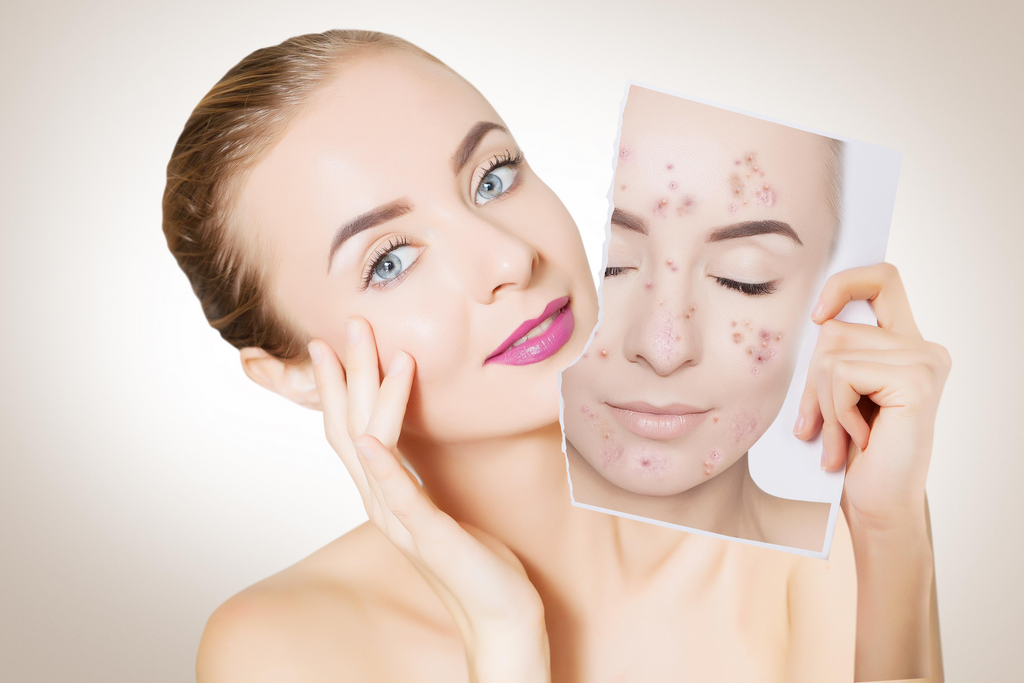
To take care of your skin, simply blemish-busting products is not enough. It can involve changing your lifestyle too. And by changing your lifestyle, we mean changing your skincare routine and your diet.
What you apply on your face and what you eat to get healthy skin depends on your skin type too. So let’s look at different skin types and how we can treat acne based on skin types.
Acne Treatments Based On Different Skin Types
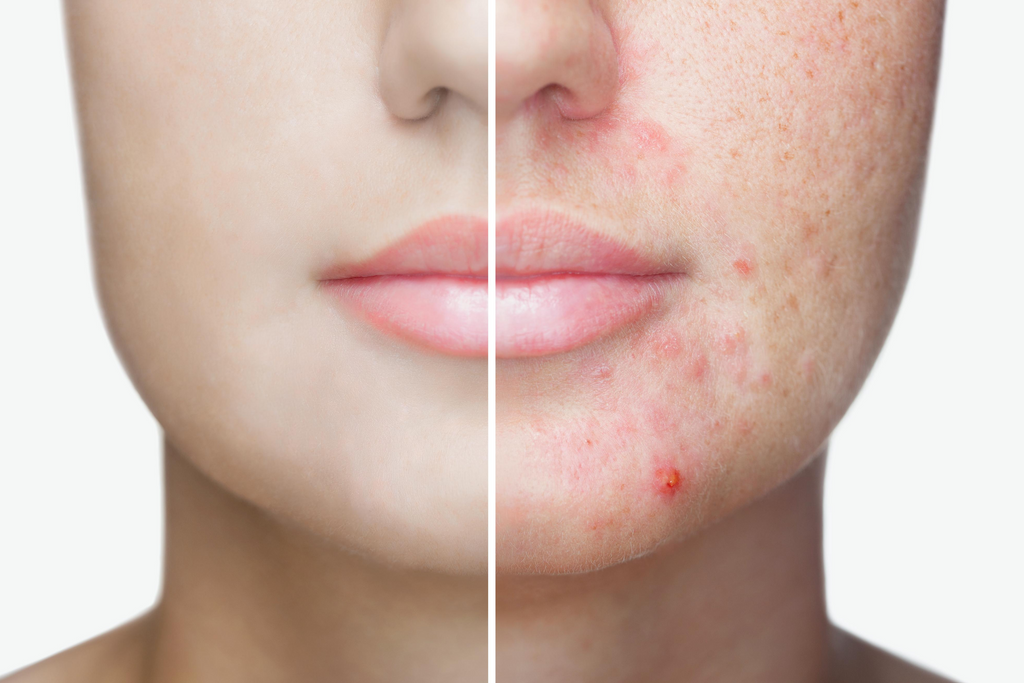
Oily Skin
The sebum oil that is present in our skin is to keep our skin soft and healthy. But when these sebaceous glands make too much oil usually during your puberty or other periods when your body faces hormonal changes, your skin might start to break out. Here are a few ways you can treat your acne if you have oily skin:
1. Wash your face regularly with cold water and use a gentle soap on your face skin.
2. Use products recommended by your dermatologist, but make sure the products contain Salicylic acid, Glycolic acid, Beta-hydroxy acid, and Benzoyl peroxide. These products are best known to tackle oily skin.
3. Use a toner. If you have excessively oily skin, you should use a toner that contains astringent as it helps in drying out the skin.
4. Pat your face dry. After you face your face and use a toner, use a soft towel, and gently pat your dry face.
5. Apply a facial mask. You can use many ingredients for your face mask that may be beneficial for your oily skin. Clay, Oatmeals, and honey facial masks are usually the most effective.
 6. Use blotting papers. Blotting papers might not help in getting rid of all the oil on your skin, but they are absorbent papers that help in pulling excess oil out of your skin.
6. Use blotting papers. Blotting papers might not help in getting rid of all the oil on your skin, but they are absorbent papers that help in pulling excess oil out of your skin.
7. Use moisturizers. Although people may find that moisturizers make your skin greasy, a study shows that aloevera present in a moisturizer is useful for treating acne and oily skin.
Dry Skin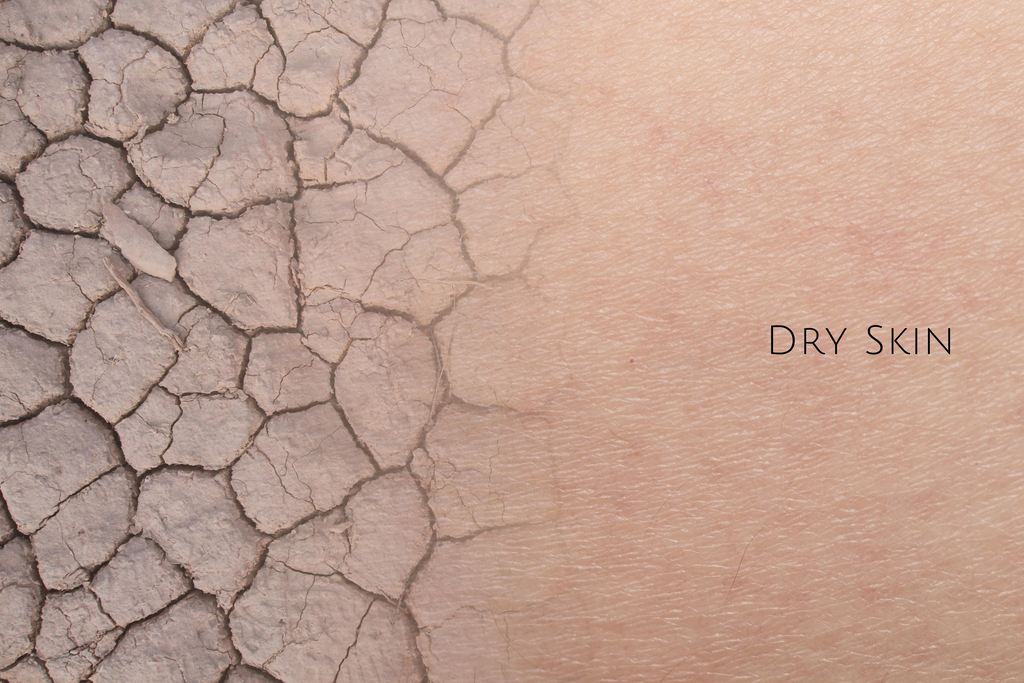
When your skin lacks moisture, it becomes dry. The glands underneath your skin start producing more sebum to counteract the dryness of your skin. Now the excess sebum can build up causing acne on your skin. Thus, acne and dry skin can occur together. Here are a few ways to treat acne if your skin is dry:
Choose the right products. All treatments for acne make the skin dry, so you have to be very careful while taking steps to cure your acne. Strictly avoid using products that contain astringent solutions. If you are seeing a dermatologist, make sure you mention to him that you have dry skin so he can prescribe the right products for you.
Moisturize your skin daily. Using a moisturizer regularly on your skin is one of the best ways to beat the dryness of your skin. Keep slathering a moisturizer as often as you feel the need to and leave your dry skin at bay. Moisturizers help to seal moisture into your dry skin and protect it.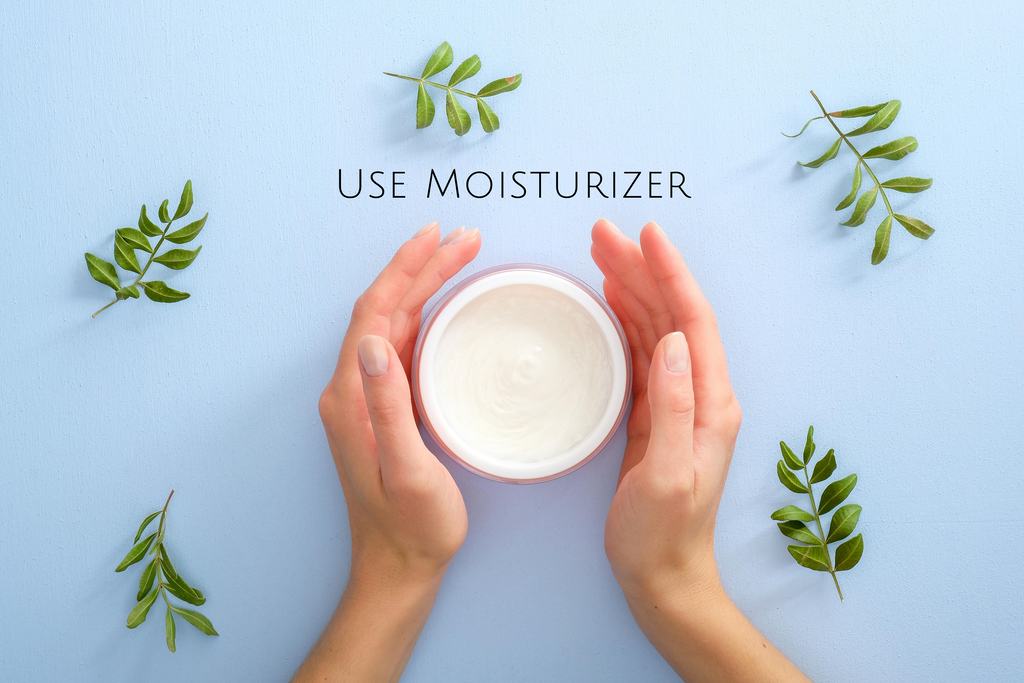
Avoid overwashing your face. Washing your face too many times can result in stripping away the already little amount of oil in your skin and thus making your skin drier. Even if you use gentle cleansers, they might still burn your skin and cause irritation. If you have dry skin, washing your face or any kind of soap is optional. In case you want to remove your makeup, you can use an oil-based remover. Remember to be gentle on your skin while cleansing. Do not scrub your face harshly.
Protect your skin from harmful environments. The pollution in the air outside can chap your already dry skin. Make sure to always cover your face properly when you go out. Alongside, the sun is not good for you either. So, always apply sunscreen when going out in the sun.
Combination Skin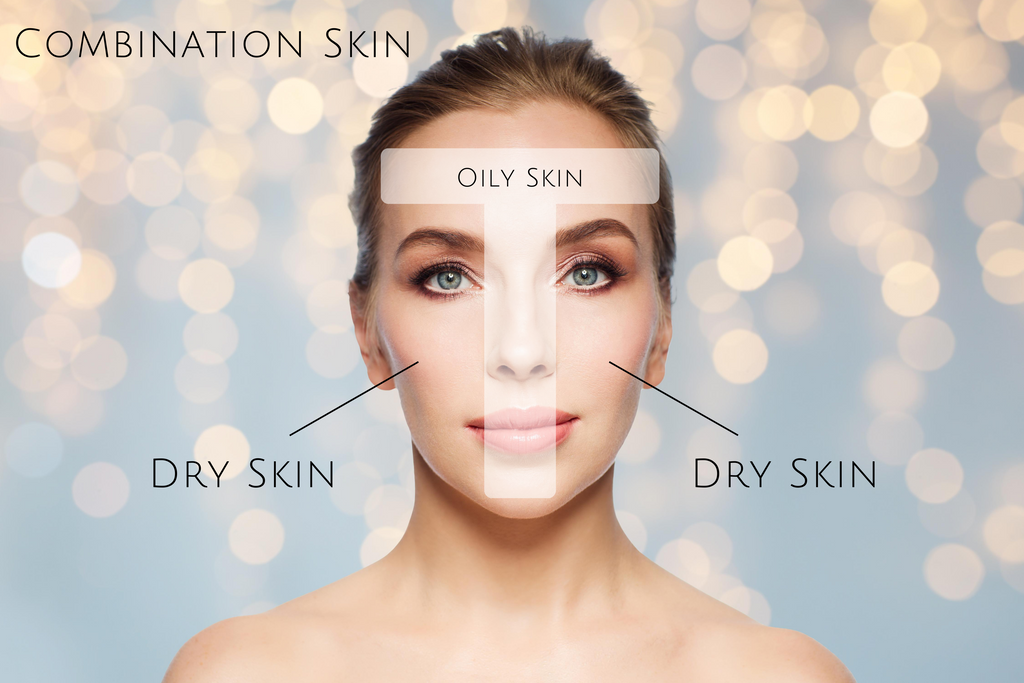
Combination skin is a common skin type in which both conditions of oily and dry skin co-exist. In this, the T-zone area of the skin consisting of forehead, nose, and chin usually tends to be oily, and the cheeks tend to be drier. Since this condition requires different approaches, treating acne on combination skin can be very challenging. Each kind of weather can affect your skin. Hot climate might cause excessive sweating and produce oil from your skin which will further lead to acne and clogged pores while cold climate might sap moisture from your skin, causing irritation and dryness. Here are a few ways to take care of combination skin:
Use gentle face cleansers. Every day your skin is exposed to dirt, impurities and oil. To get rid of all that use a good cleanser twice in a day.
Apply moisturizer. If you think having a combination skin does not require a moisturizer, then you are wrong. Every skin type, including combination skin, requires moisturizer. In terms of which moisturizer to choose for combination skin, oil-free moisturizer would work the best.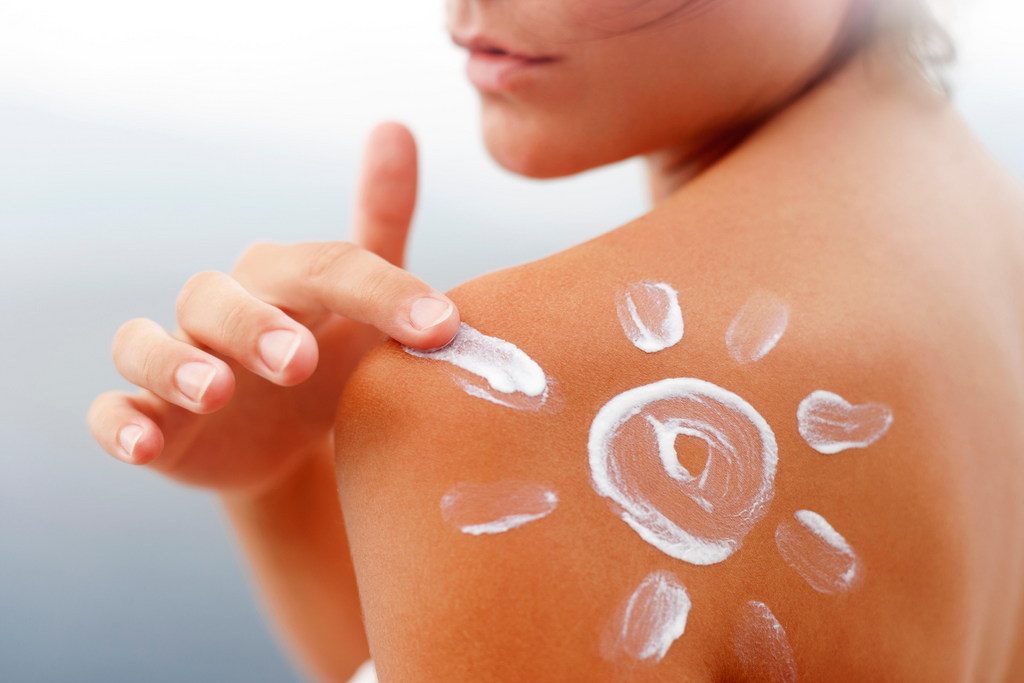
Use blotting papers. If you have excess oil on the T-zone area of your skin, blotting papers will help to extract the excess oil from your skin. These papers are easy to fit in your pockets and purses so you can carry them around with you everywhere. They will temporarily help in absorbing oil and keep your makeup fresh and flawless.
Apply sunscreen before going out. Applying sunscreen is necessary for all skin types. But for combination skin, it is best to choose a broad-spectrum sunscreen with SPF 15 or above. If you want to save money and time, there are moisturizers with SPF available in the market, so you don’t have to spend money on two products or apply two products separately.
Recent Posts
-
Why Hormonal Balance Is the Missing Piece in Women’s Wellness
Introduction: Hormones are the body's biochemical messengers that orchestrate nearly every aspect of
-
The Science Behind Mycotoxin Detox: What Does Research Say?
With increasing awareness of the impact of mycotoxins on health, the concept of mycotoxin detoxifica
-
The Science Behind Plant-Based Meat: How Technology is Changing Our Food
In recent years, the food industry has witnessed a seismic shift with the rise of plant-based meat a





